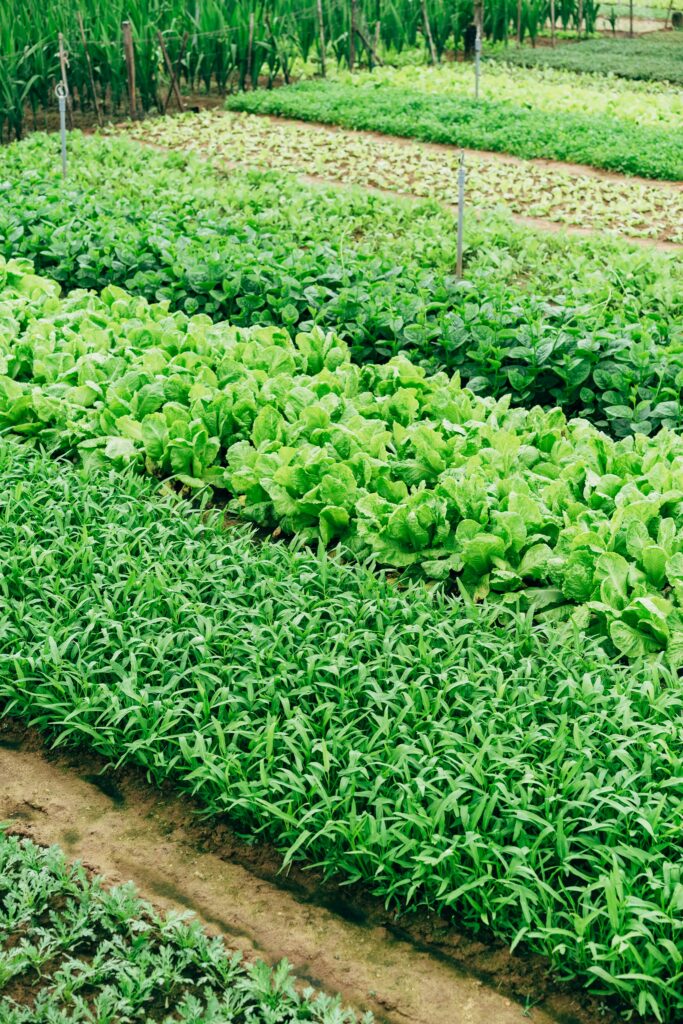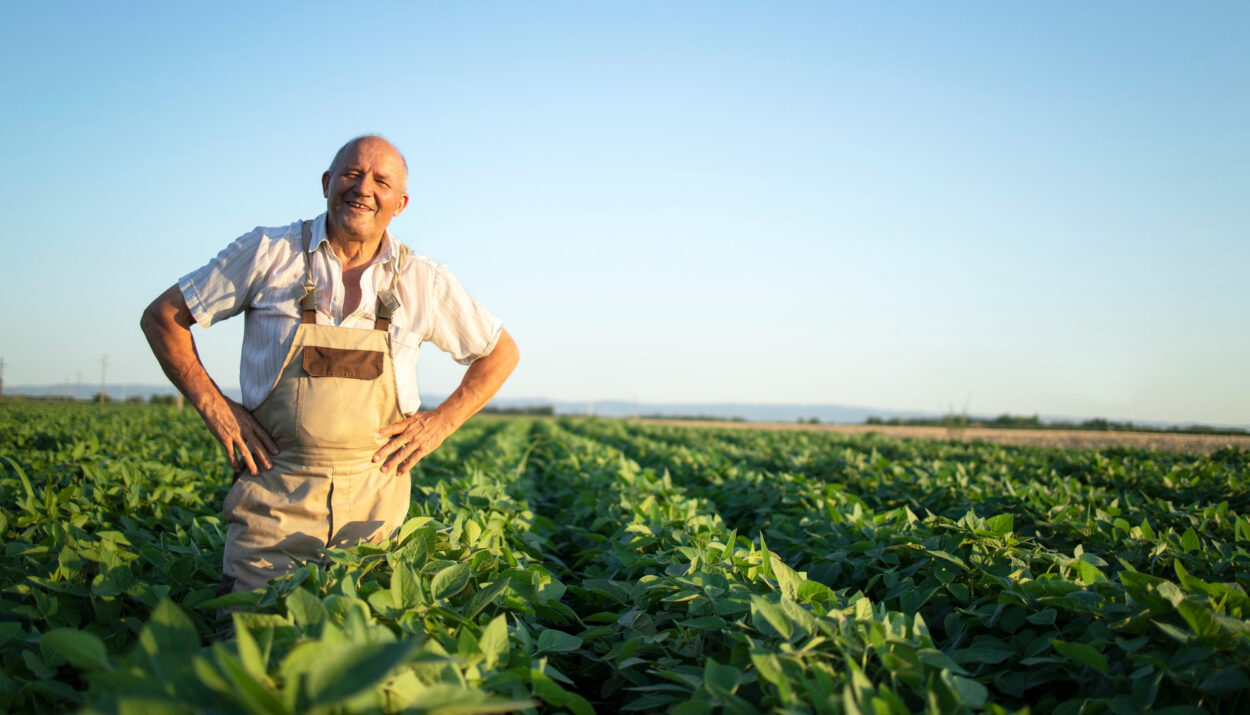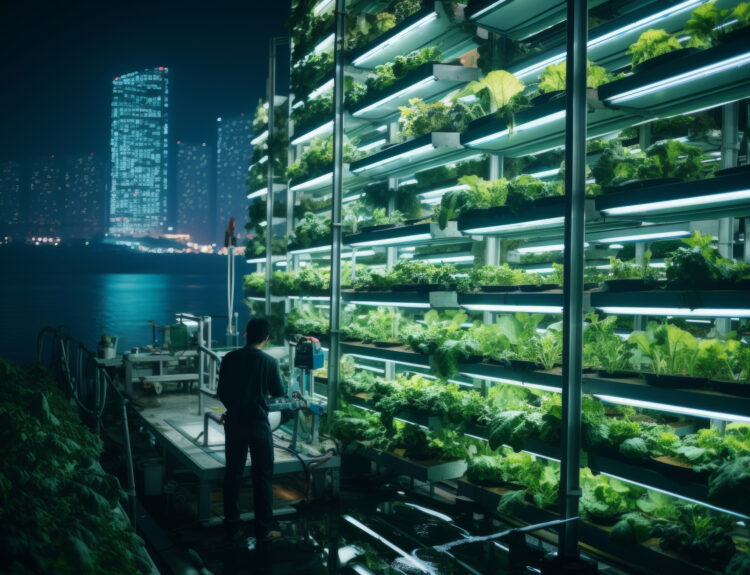The history of farming and agriculture is a fascinating tale of human innovation and progress. From the early days of hunter-gatherers to the modern, technologically advanced farming practices of today, the industry has undergone significant transformations.
The Dawn of Farming (10,000 BCE – 4,000 BCE)
The first farmers emerged in the Fertile Crescent, a region in the Middle East that includes modern-day Iraq, Syria, Lebanon, Jordan, Israel, and Egypt. These pioneers discovered that by domesticating plants and animals, they could produce food more efficiently and sustainably. Wheat, barley, and legumes were among the first crops to be cultivated, while sheep, goats, and cattle were the first animals to be domesticated.
Ancient Agricultural Advancements (4,000 BCE – 500 CE)
As civilizations grew and prospered, so did farming and agriculture. The ancient Egyptians, Greeks, and Romans developed sophisticated irrigation systems, tools, and techniques that allowed them to expand their agricultural production. The introduction of the plow, for example, revolutionized farming by enabling farmers to till the soil more efficiently.
Medieval Farming Practices (500 CE – 1500 CE)
During the Middle Ages, farming and agriculture continued to evolve. The introduction of the three-field system, where crops were rotated to maintain soil fertility, allowed for more efficient use of land. The development of windmills and watermills also enabled farmers to harness power to grind grains and pump water.
The Agricultural Revolution (1500 CE – 1800 CE)
The Agricultural Revolution marked a significant turning point in the history of farming and agriculture. New technologies, such as the steam engine and the tractor, enabled farmers to mechanize their operations and increase productivity. The introduction of synthetic fertilizers and pesticides also allowed farmers to control pests and diseases more effectively.
Modern Farming Practices (1800 CE – present)

In the modern era, farming and agriculture have become increasingly complex and technologically advanced. The development of genetically modified crops, precision agriculture, and vertical farming has enabled farmers to produce food more sustainably and efficiently. The use of drones, satellite imaging, and big data analytics has also allowed farmers to monitor and manage their crops more effectively.
Conclusion
The history of farming and agriculture is a testament to human innovation and progress. From the early days of farming to the modern, technologically advanced practices of today, the industry has come a long way. As we look to the future, it’s clear that innovation and progress will continue to shape the industry, enabling us to produce food more sustainably and efficiently for generations to come.
Read more about farming here
Related post:









